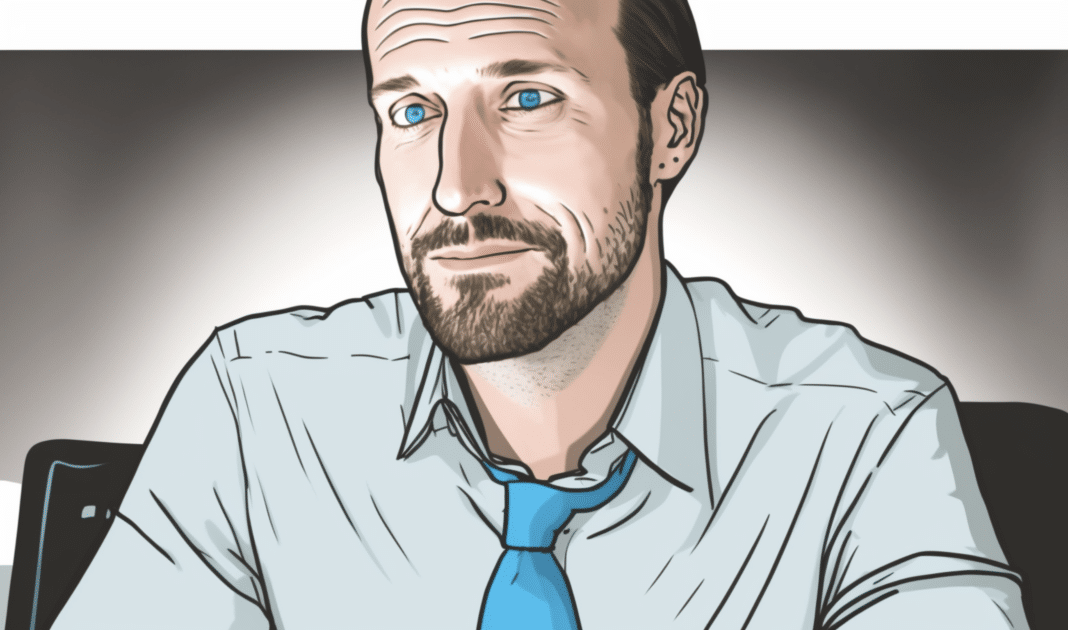As B2B marketers navigate the complex and ever-changing landscape of the digital world, it’s essential to stay up-to-date on the latest trends and strategies to drive results. Jim Habig, VP of Marketing at LinkedIn, brings a wealth of experience from his years in the industry, having worked with some of the biggest names in tech. In this article, we examine how Habig worked on optimizing marketing strategies for multiple channels, navigating privacy regulations, creating differentiated brand experiences, and the future of the B2B marketing industry. Join us as we delve into his top learnings and expert advice for today’s digital marketers.
Habig has had an illustrious career in the tech industry, having worked with some of the biggest names in the business, including YouTube, Google, Pinterest, and LinkedIn. He believes that the key to success in B2B marketing lies in building strong teams and working closely with customers, agencies, and partners.
According to Habig, the B2B purchase cycle is long and complex, and marketers face constant pressure to justify their budgets and map their campaigns to business results. To help alleviate some of these pressures, LinkedIn has introduced the Revenue Attribution Report, a new tool that can help marketers better understand the impact of their results on the bottom line. Habig recommends that businesses invest in full-funnel strategies to maximize campaign performance, particularly in a downturn, as customers that couple organic strategies with paid saw a 14% lift in ad performance on LinkedIn.
Another challenge facing marketers today is changing privacy norms. Habig believes that as privacy regulations evolve, it’s crucial for marketers to be aware of their surroundings and map their strategies to the changes they see in the marketplace. To help businesses navigate these changes, LinkedIn has enabled Group Identity across its portfolio to help marketers harness first-party data from its 900 million members to target members based on shared professional attributes. Since the introduction of this solution, Habig has observed a 37% higher average clickthrough rate on group-delivered campaigns compared to those that targeted individual profile characteristics.
In a crowded market, it’s becoming increasingly difficult for brands to cut through the noise. Habig recommends that marketers humanize their campaigns to deepen the connection with potential buyers, which can move them down the funnel and support long-term growth. Timing is everything in this industry, and marketers should rely on buyer intent and other alternative signals to spot in-market buyers. By using intent and first- and zero-party data to better advise their strategies, marketers can create more effective campaigns by delivering the right message to the right buyer at the right time.
Looking to the future, Habig believes that the B2B marketing industry is at a tipping point, and marketers need to mobilize, learn, and teach as they chart a new course together. He points out that there is a void in the industry, and LinkedIn is focused on activating the products, brands, and knowledge on its platform to create a new kind of marketplace that will transform the way businesses buy and sell B2B products. But to achieve this goal, the entire ecosystem needs to work together.
B2B marketing is a complex and constantly evolving field, and businesses need to adapt to the changing landscape to achieve better results. By investing in full-funnel strategies, navigating changing privacy norms, humanizing campaigns, and using alternative signals to spot in-market buyers, businesses can optimize their marketing and sales processes and achieve success in this challenging environment.




